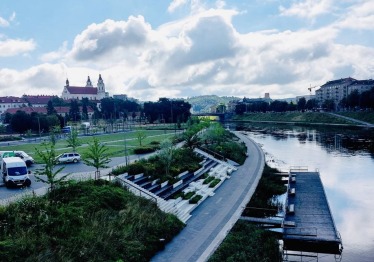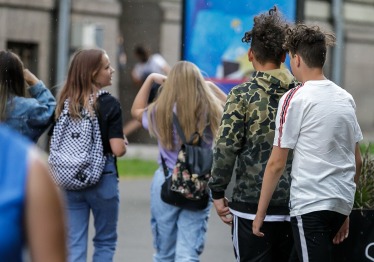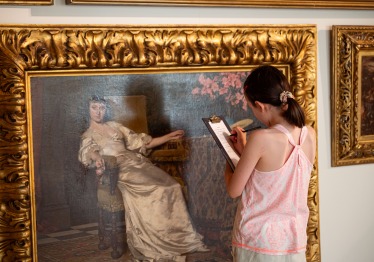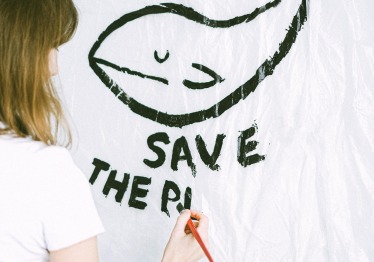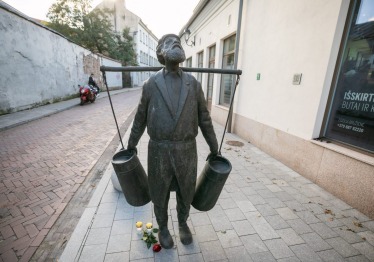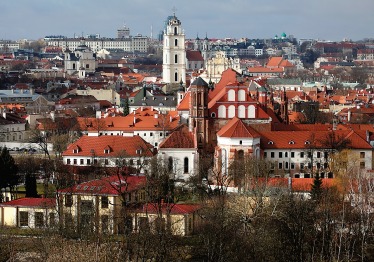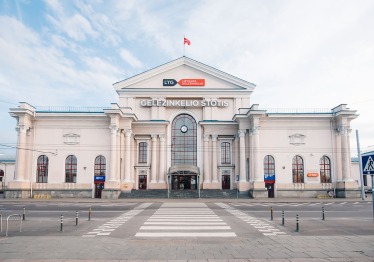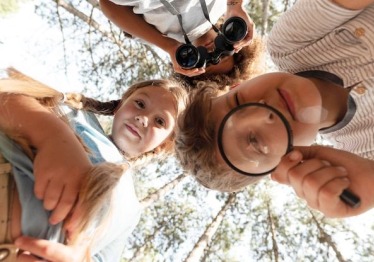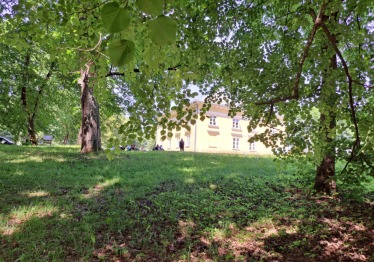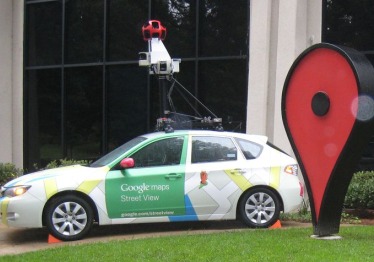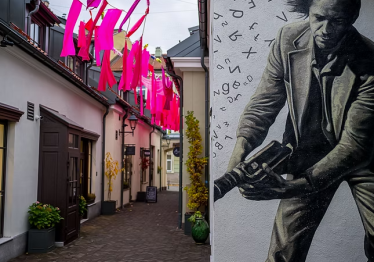
Pasakojimai mūsų kaimynystėje
Pamoką sukūrė - Daiva Vyšniauskienė
Kokios isorijos glūdi mūsų mieste? / What can Vilnius tell you?
Mokiniai prisimins pagrindinius pasakojimo elementus bei žanrus ir pritaikys juos, kurdami savo tekstus, įkvėpti Vilniaus miesto vietų. Ši pamoka padės atrasti miesto grožį ir lavinti rašymo įgūdžius, kūrybiškai pritaikant veiksmažodžių laikus bei vaizdingą kalbą. Mokiniai taip pat gebės palyginti anglakalbių šalių ir lietuviškų pasakojimų stilių bei tematiką, giliau įsisavinti nacionalinio ir tarpkultūrinio identiteto esmę.
Students review and discuss the key elements of a story and its various genres (myths, legends, short stories, etc.), they will explore their neighborhood and write their own stories using the narrative tenses and varied descriptive vocabulary. This lesson will help the students to discover the beauty of the city as well as develop their creative writing skills.
Pamokos tikslas
The aims of the lesson are as follows:1. to develop students´ creative thinking and writing skills;
2. to explore and delve in the diversity of various areas of Vilnius and its neighborhoods;
3. to practice the use of narrative tenses and descriptive language (adjectives, adverbs, senses).
Pamokos planas
I Pre-writingStudents read or listen to a story and discuss its elements, identify the grammar (narrative tenses), review the main uses of narrative tenses; identify and discuss the use of descriptive language.
1. Warm-up: show some pictures of the tales (use the following link for ideas https://www.english-heritage.org.uk/tellingtales/ )
Students discuss what they are, what places, what characters, what ideas they are about, discuss what elements stories have, discuss a reason why that story, myth or legend might have been told (use the following link for story elements if necessary: https://examples.yourdictionary.com/essential-elements-of-story-writing.html ), encourage students to use their knowledge gained through the studies of the Language A (Lithuanian language subject).
2. Story time: students listen to one or more stories / read some stories (recommended source: https://www.english-heritage.org.uk/tellingtales/) and discuss: the plot (exposition, rising action, climax, resolution), the characters, the themes, the main message, the language (narrative tenses, adjectives, adverbs, sentence structure, etc.).
3. Language practice: students work in pairs and paraphrase sentences adding more detailed descriptions: A. Basic_ adjectives: https://www.thoughtco.com/adding-adjectives-and-adverbs-to-the-sentence-1689665
B. Narrative tenses: i.e.: I woke up. The sun was shining. I had a shower. I remembered. I had a strange dream. (Possible variation: When I woke up this morning, the sun was shining. While I was having a shower, I remembered that I had had a strange dream.)
C. For more advanced students, you can use the following link for various random story prompts https://writingexercises.co.uk/firstlinegenerator.php
II. Field Trip: students will explore the area in Vilnius and plan the story.
1. Before leaving: decide on the area you would like to explore, depending on how much time you can allocate. Students will need to wander around for 15-20 min to spot the focus of their story and take pictures of some details (10 and more),
2. Set the task: students will need to write a story (myth or legend) of the particular place in Vilnius, based on some current evidence (pictures); during the trip, they need to decide on that place and take detailed visual evidence (pictures of the location - setting, possible characters, story line) of it and start planning the story;
3. Story hunt: students work individually or in pairs and explore the area, take pictures, outline the story; show it to the teacher for the first approval (I take pictures of their outlines), discuss how the story will be developed;
III. Writing: students write the first draft of the story; proofread and edit (varied descriptive adjectives and adverbs, emotions, dialogues, tenses, etc.);
IV. Tales of the neighborhood: students make a blog for their story (https://www.wix.com/blog), encourage students to consult their IT teachers for more advice or use Wix; Variations: A. present the story and show how it relates to the current times; B. present the area (neighborhood), give some details and data (using various trusted resources); present the story and explain how it relates to the current times (approx. 250+ words); C. present the area (neighborhood), give some details and data (using various trusted resources); record the story and write an article explaining how it relates to the current times (approx. 450+ words).
P.S. Exam assessment rubrics can be used (focus on the language control and story development).
V. Reflection: students share their blogs with the classmates (I use Teams, Collaboration Space), they review their work and give feedback (what went well, what features were well used and why, what one aspect could be improved (if any), write a paragraph reflecting on their experience gained through the assignment and overall practice.


